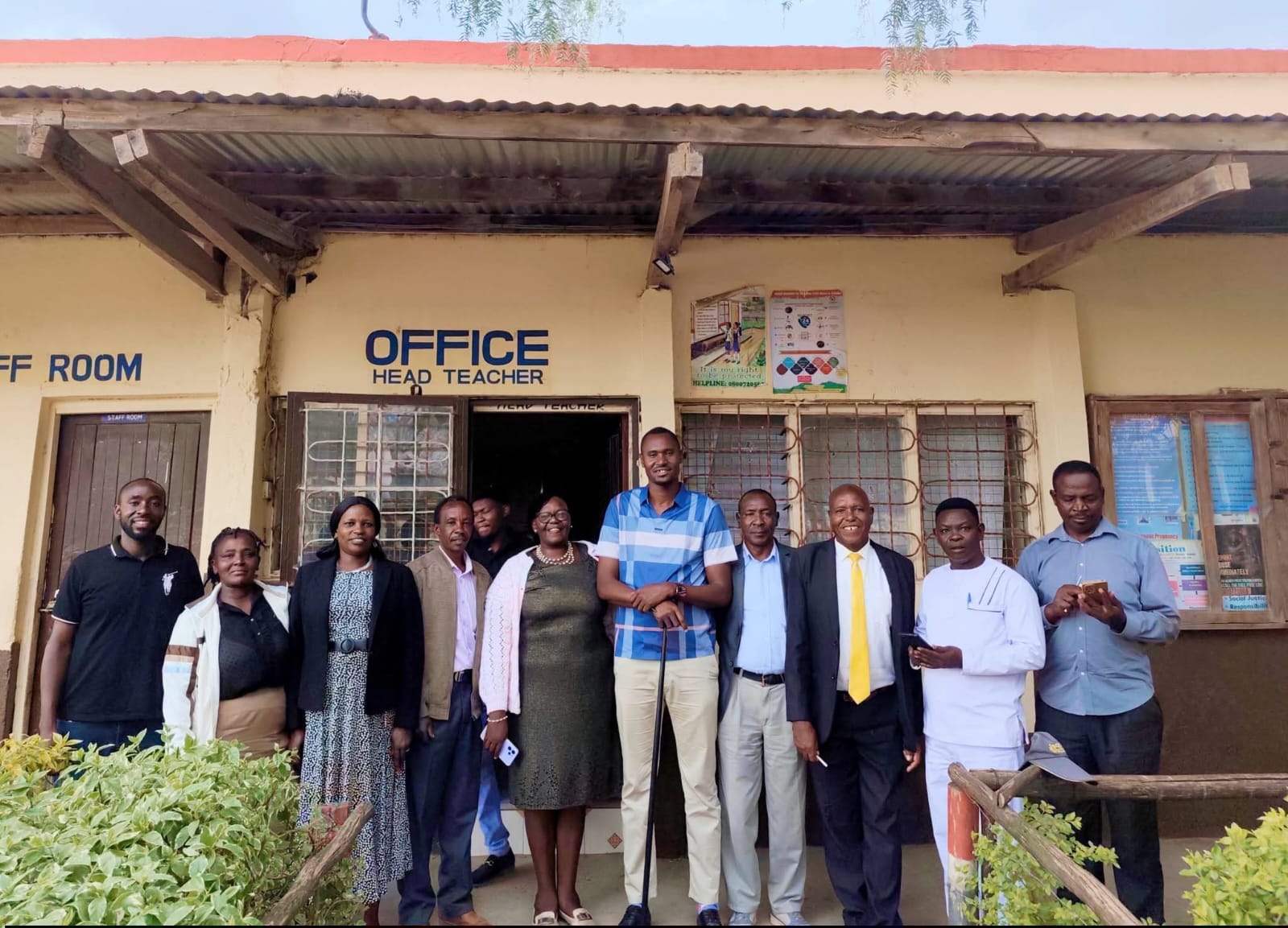Infrastructural development in schools and other learning institutions in Kenya is a pressing issue that demands immediate attention. The state of physical infrastructure in many Kenyan schools is deplorable, affecting the quality of education and the overall learning environment.
Many schools, particularly in rural areas, suffer from inadequate classrooms, dilapidated buildings, insufficient sanitation facilities, and lack of clean water. Overcrowded classrooms, where a single teacher handles over 50 learners, are not uncommon. Such conditions not only hinder effective teaching and learning but also pose significant health and safety risks to students and staff.
Adequate and modern infrastructure is essential for creating a conducive learning environment. Well-equipped classrooms, libraries, science laboratories, and computer labs enhance students’ learning experiences and foster better educational outcomes. Moreover, proper sanitation facilities and access to clean water are crucial for maintaining hygiene and preventing diseases.
The government, in collaboration with stakeholders such as non-governmental organizations and the private sector, needs to prioritize and invest in the development of school infrastructure. Public-private partnerships can play a pivotal role in mobilizing resources and expertise for infrastructural projects. Additionally, adopting innovative approaches, such as eco-friendly and cost-effective building technologies, can help address the infrastructure gap efficiently.
Furthermore, community involvement in school infrastructure projects can enhance accountability and ensure that the facilities meet the specific needs of the local population. School management committees, parents and local leaders should be actively engaged in planning, implementing and monitoring these projects.
Improving infrastructural development in Kenyan schools is not just about building structures; it is about creating an environment that nurtures students’ potential and prepares them for a competitive global economy. By investing in school infrastructure, Kenya can make significant strides towards achieving quality education for all and securing a brighter future for its young generation.
YOU MAY ALSO READ:
Tonny Kyule Nyamai
You can also follow our social media pages on Twitter: Education News KE and Facebook: Education News Newspaper for timely updates.
>>> Click here to stay up-to-date with trending regional stories






